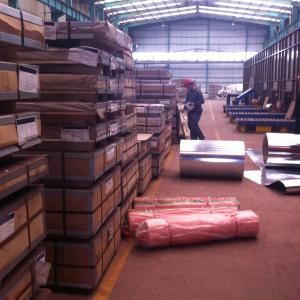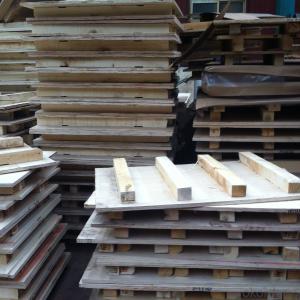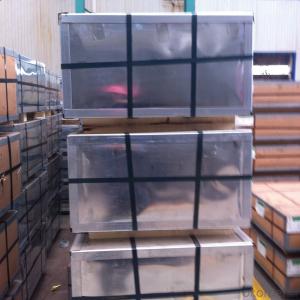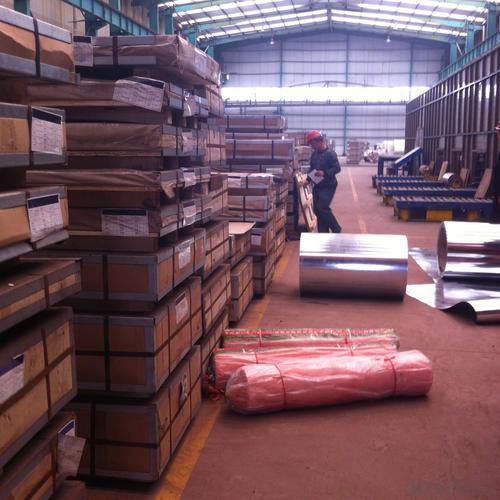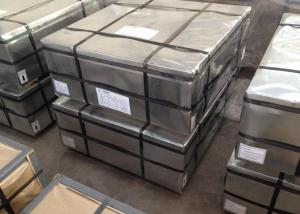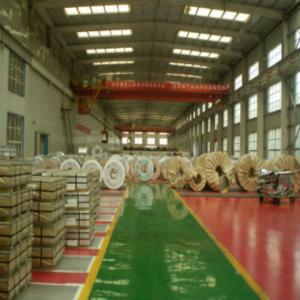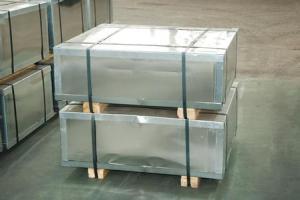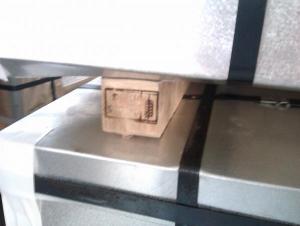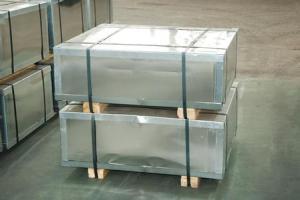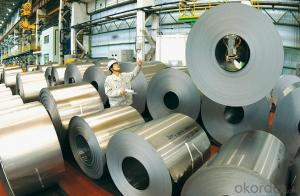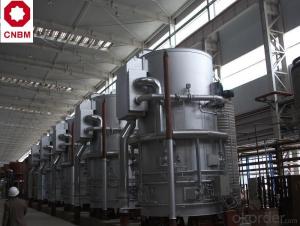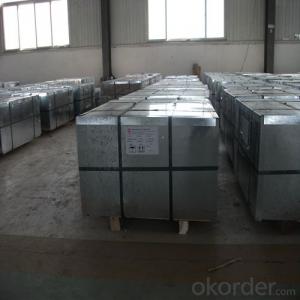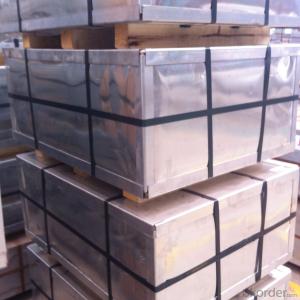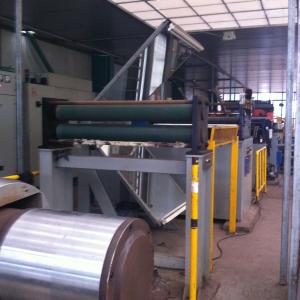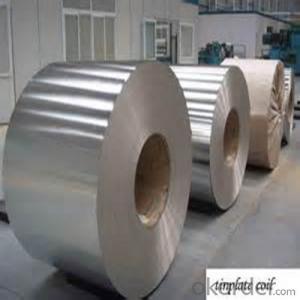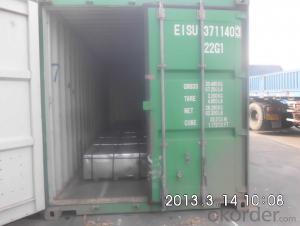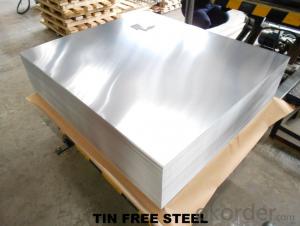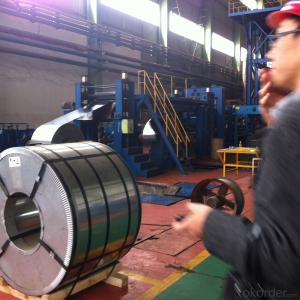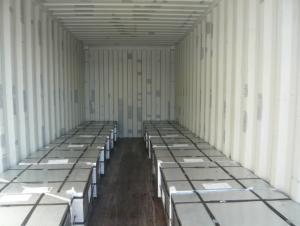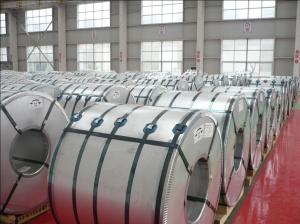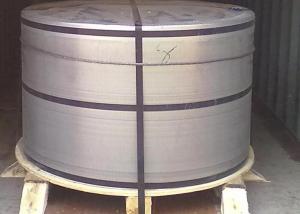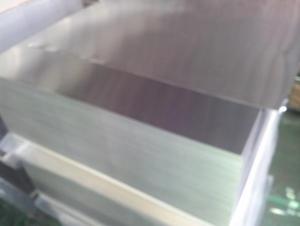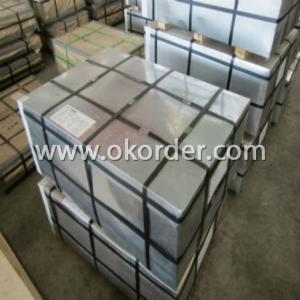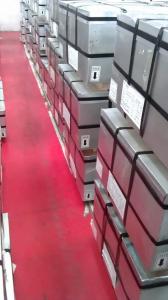Tin Free Steel MR for Food Can Packaging
- Loading Port:
- China main port
- Payment Terms:
- TT OR LC
- Min Order Qty:
- 25 m.t.
- Supply Capability:
- 30000 m.t./month
OKorder Service Pledge
OKorder Financial Service
You Might Also Like
1. Products: Tin Free Steel
Tinplate and TFS are widely used for making all types of containers such as artistic cans, tea cans, painting cans, chemical package cans and metal printing etc. Its applications are not limited to containers; recently, they have also been used for making electrical machinery parts and many other products.
2. Specification:
Our goods enjoyed high quality both at home and abroad. We can supply tin free steel as follows:
Technical standard | JISG3315 and GB/T24180 - 2009 (BS EN 10202:1990) |
Steel Type | MR / SPCC |
Thickness | From 0.15mm to 0.50mm (Tolerance +/- 0.01mm) |
Width | Normally 600-1050mm (Tolerance +3/-0 mm) |
Coating | Total chromium min 30mg/m2 max 140mg/m2 |
Temper & Annealing | T1-T5, DR7-8, TS230-TH435, T49-T65(+/- 4) |
Surface Treatment | Bright & Fine Stone & Stone & Silver & Matt |
Payment terms | Letter of Credit (L/C), Telegraphic transfer (T/T) |
Price terms | CFR & CIF price term |
Delivery time | Within 60 days after received L/C or T/T down payment |
Packing | High quality shipping packing which contains thin plastic film, rust-proof paper, metal cover, metal angles and strap sand pallet. |
Minimum order Quantity(MOQ) | 25 metric tons (1X 20'' container) |
3. Pictures:
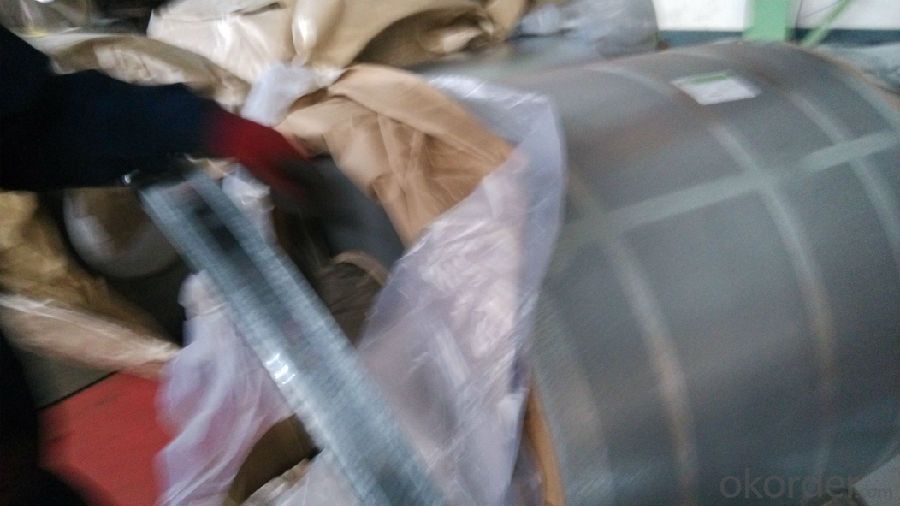
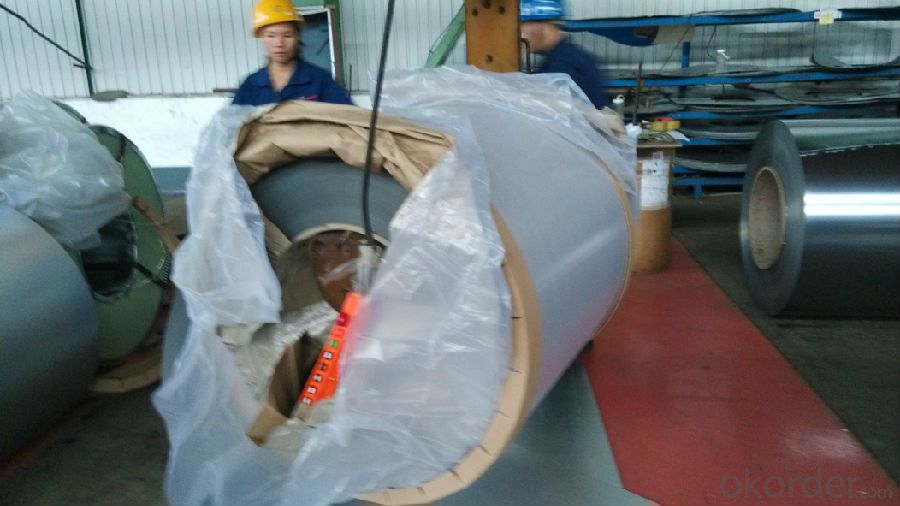
4. Features of the factory price/ tin free steel/tinplate/tfs/tmbp/etp/spte:
Beautiful Appearance
Excellent Paintability & Printability
Excellent Formability & Strength
Excellent Corrosion Resistance
Excellent Solderability & Weldability
5. FAQ:
We are one of the main producers in China for tinplate, tin free steel and also TMBP. At present, our productivity is more than 450000 MT/year.
For more information about our products or company, pls contact us freely.
- Q: Can tinplate be used for construction materials?
- Yes, tinplate can be used for construction materials, particularly for roofing and cladding applications. Tinplate offers excellent corrosion resistance, durability, and a sleek appearance, making it suitable for various construction projects.
- Q: How does tinplate perform in terms of chemical resistance?
- Tinplate exhibits excellent chemical resistance, making it highly suitable for various applications. Its protective tin coating acts as a barrier, preventing direct contact between the metal and chemicals. This resistance ensures that tinplate remains unaffected by most corrosive substances, enhancing its durability and longevity.
- Q: What are the common corrosion protection methods used for tinplate?
- The common corrosion protection methods used for tinplate include electroplating with tin, applying organic coatings such as lacquers or varnishes, and using corrosion inhibitors.
- Q: How does tinplate contribute to the reduction of plastic waste?
- Tinplate contributes to the reduction of plastic waste by providing a sustainable alternative for packaging. Tinplate containers are durable, recyclable, and can be reused multiple times. This reduces the need for single-use plastic packaging, thereby minimizing the amount of plastic waste generated.
- Q: What are the common surface treatments for tinplate?
- The common surface treatments for tinplate include electrolytic tinplating, chromium plating, and passivation.
- Q: Can tinplate be used for high-pressure containers?
- No, tinplate is not suitable for high-pressure containers as it lacks the necessary strength and durability to withstand such pressure.
- Q: How does tinplate handle exposure to gases and odors?
- Tinplate is highly resistant to gases and odors, making it an excellent choice for packaging materials. It provides a reliable barrier that prevents the transfer of gases and odors, ensuring the preservation and protection of the contents.
- Q: How does tinplate contribute to the overall ease of opening and closing packaging?
- Tinplate contributes to the overall ease of opening and closing packaging due to its inherent strength and durability. It provides a sturdy and rigid structure that helps maintain the integrity of the packaging, preventing it from easily getting crushed or deformed. This ensures that the packaging remains intact and easy to handle, minimizing the risk of accidental opening or spillage. Additionally, tinplate often comes with convenient features such as easy-to-use closures or pull-tabs, enhancing the user experience and making it effortless to open and close the packaging.
- Q: Why tin printing after a layer of light oil
- Bright oil is common in epoxy resin, alkyd resin, acrylic resin, acrylic amino, etc., the composition is different, the performance is also different, and the use is not the same. Usually according to the process whether there is a deep stamping deformation, welding local high temperature heating and the need for high pressure cooking and so on, choose different types of varnish.In order to increase production efficiency and save energy, in general, the last printing process is combined with the glazing process.In addition to the roller coating can be used, but also can be printed light ink method, both gloss is not much difference, but the processing performance is better than roller coating.
- Q: How does tinplate contribute to the sterility of medical equipment?
- Tinplate contributes to the sterility of medical equipment by providing a protective barrier that prevents contamination. It is highly resistant to corrosion and can withstand high temperatures during sterilization processes, ensuring that the equipment remains free from microorganisms. Additionally, tinplate's smooth surface prevents the growth of bacteria and facilitates easy cleaning, further enhancing the sterility of medical instruments.
Send your message to us
Tin Free Steel MR for Food Can Packaging
- Loading Port:
- China main port
- Payment Terms:
- TT OR LC
- Min Order Qty:
- 25 m.t.
- Supply Capability:
- 30000 m.t./month
OKorder Service Pledge
OKorder Financial Service
Similar products
Hot products
Hot Searches
Related keywords
